Photographing on the Median
By Gerry Traucht
Editor’s Note: Gerry offers us glimpses of what he sees at and near his home. This unique collection embodies the qualities of the Japanese poetic form, Zuihitsu. Zuihitsu is genre of Japanese literature (since adapted by many Western writers) consisting of loosely connected personal essays or fragmented ideas that typically respond to the author’s surroundings. Photos taken by Gerry.
There was a Great Blue Heron on the University Avenue median near Cesar Chavez Park in Berkeley.
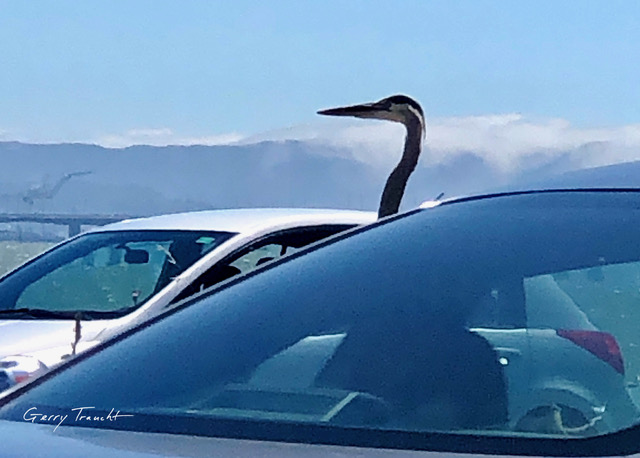
This Great Blue Heron was patient and focused.
West of the freeway, University Avenue changes into a rough wavy road, not easy to ignore. It has a median. The median and roadsides are good places to see and photograph large birds before ever arriving at Berkeley’s Cesar Chavez Park.
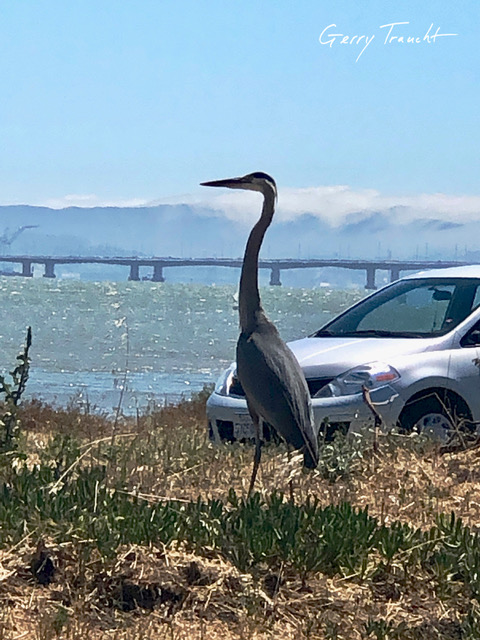
The Great Blue Heron shows the dynamics of this strip of land. Cars pass near him, but he is focused on something else. He’s patient. As he waits, cars disappear, leaving a large iconic bird in nature.
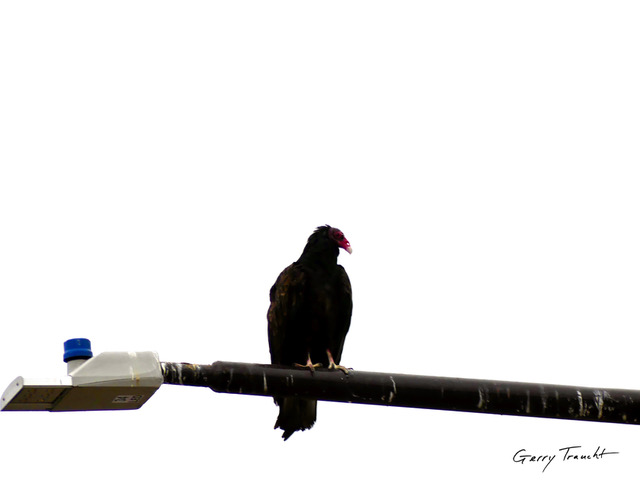
The Turkey Vulture is perched high on a street lamp on the median. Sometimes there is a Red-tailed Hawk in his place.
A few days before these photographs, I saw a Great Egret on the median. I could barely find a place fast enough to pull over on this busy, bumpy road with few good places to park.
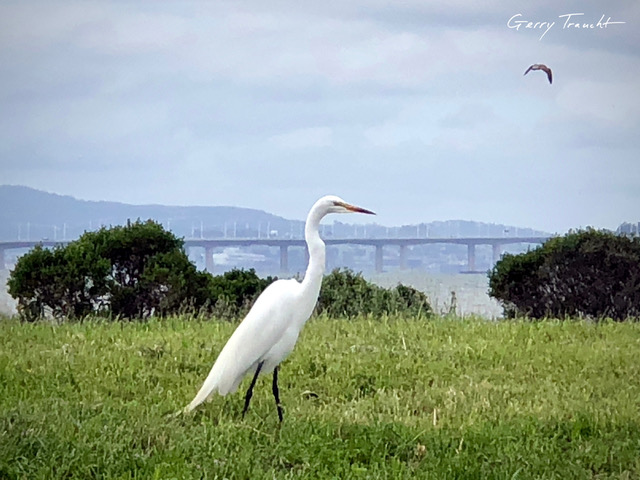
Turkeys are also many places in Berkeley, slowing us all down, making us pause, making us look and make contact.
On the median, Turkeys go a step further.
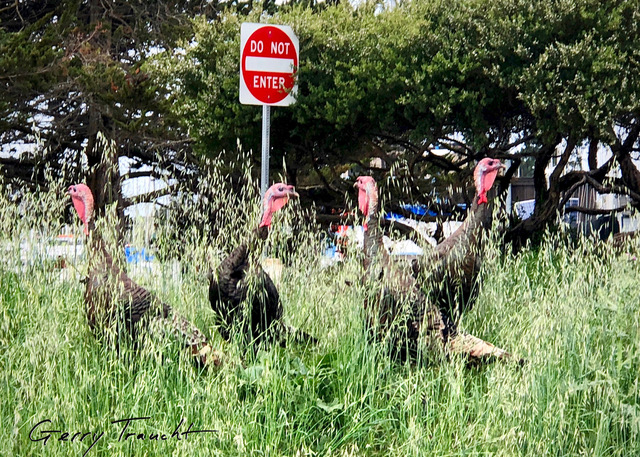
They chide. The females gobble at vehicles traveling too fast and too loud. They do more of the same with construction workers and their machinery.
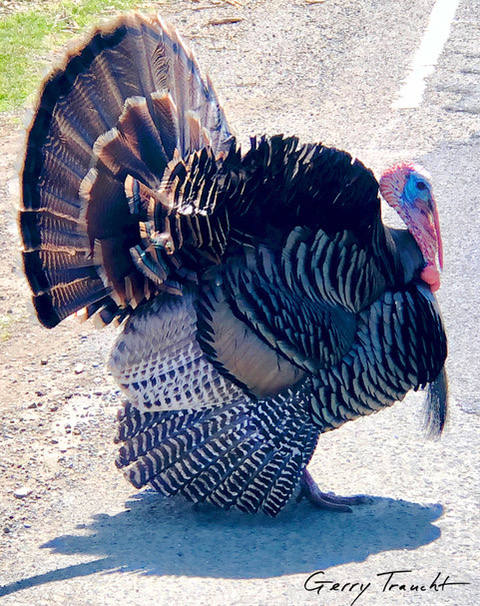
Here is the male Turkey as he crosses the road to the median. He goes into full display. He deliberately drags his skirt feathers on the pavement, the unnerving sound announcing his presence.
And here is a video of Turkeys on the roadside near the median.
About Gerry: Gerry Traucht is a Berkeley photographer. More of his work can be seen here and in his blogs.
If you have a blog or story you’d like to share with us, please email our Communications Manager, Melissa, at mramos@goldengatebirdalliance.org.…


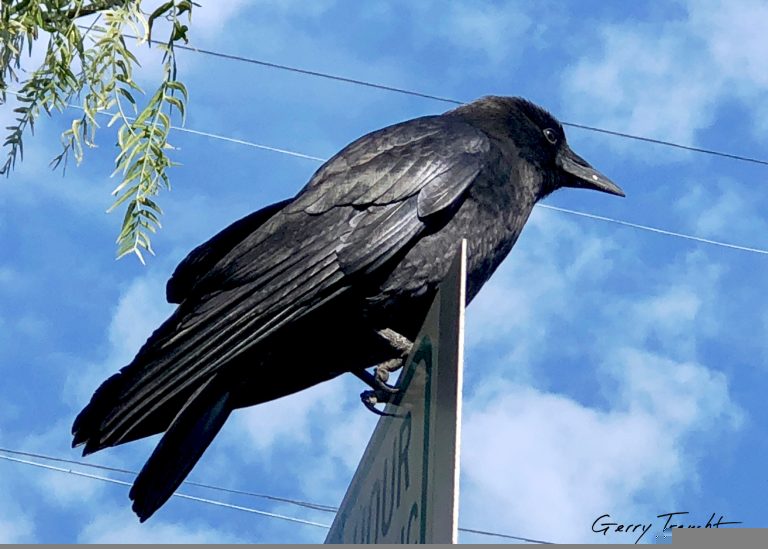
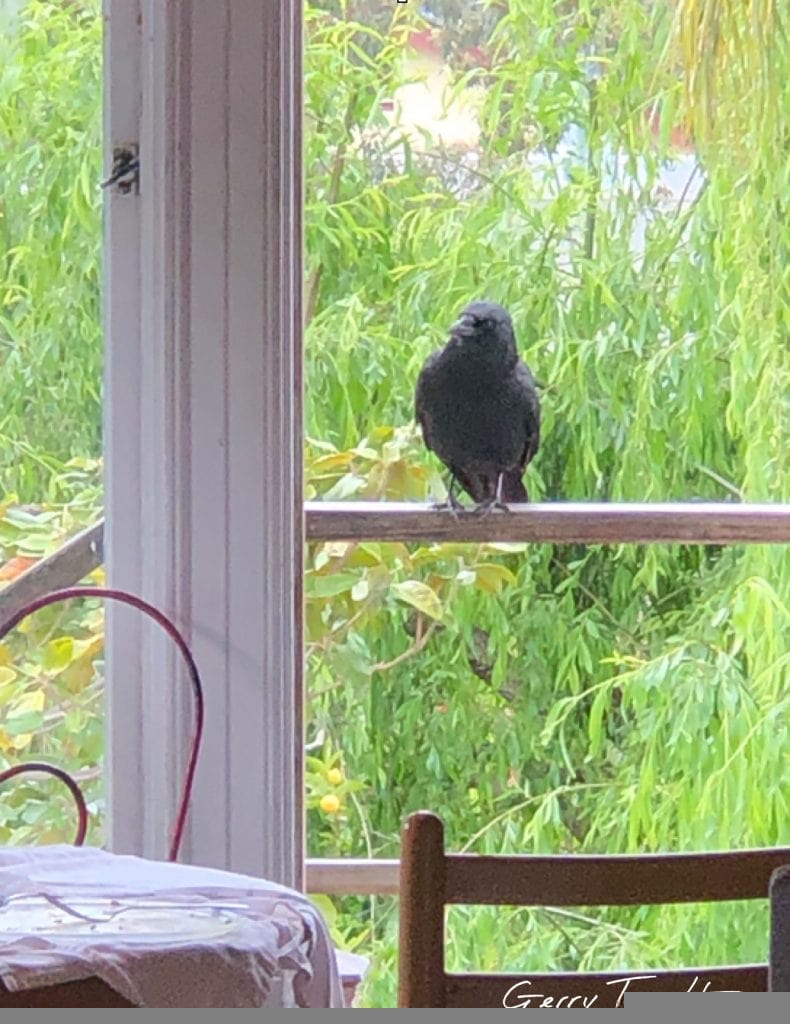
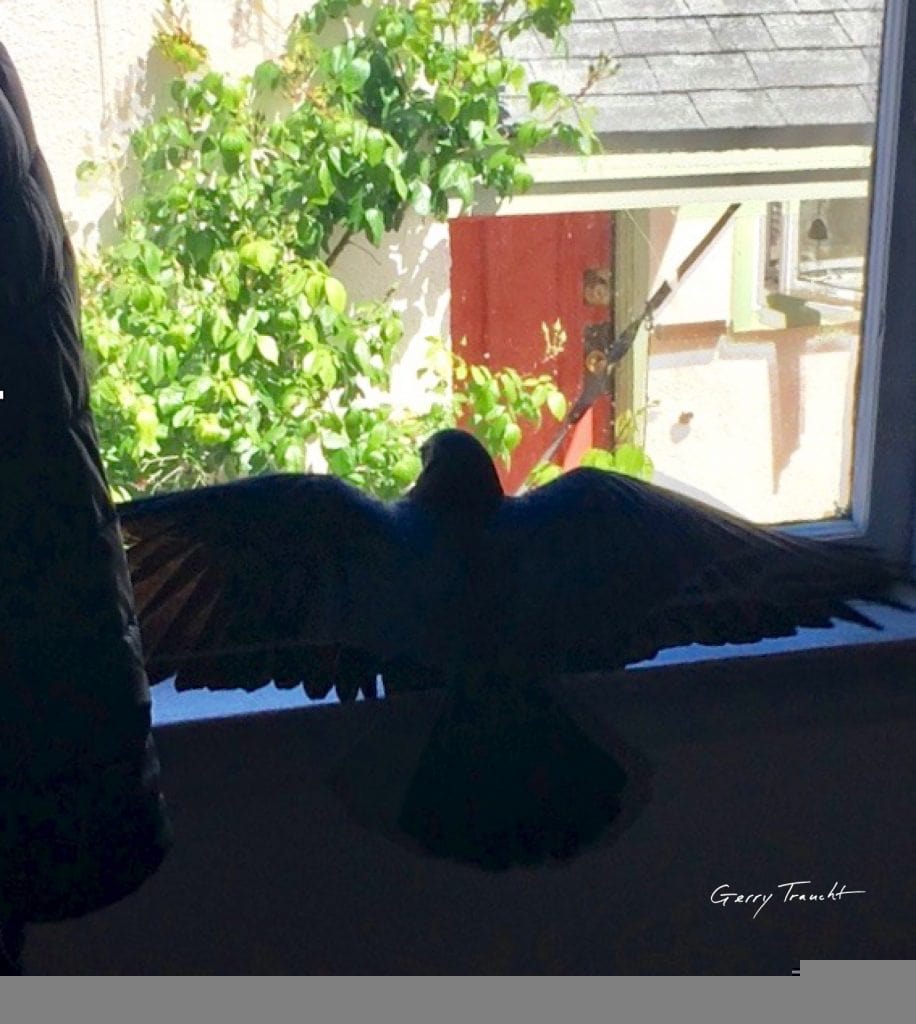 Perched at the window.
Perched at the window.
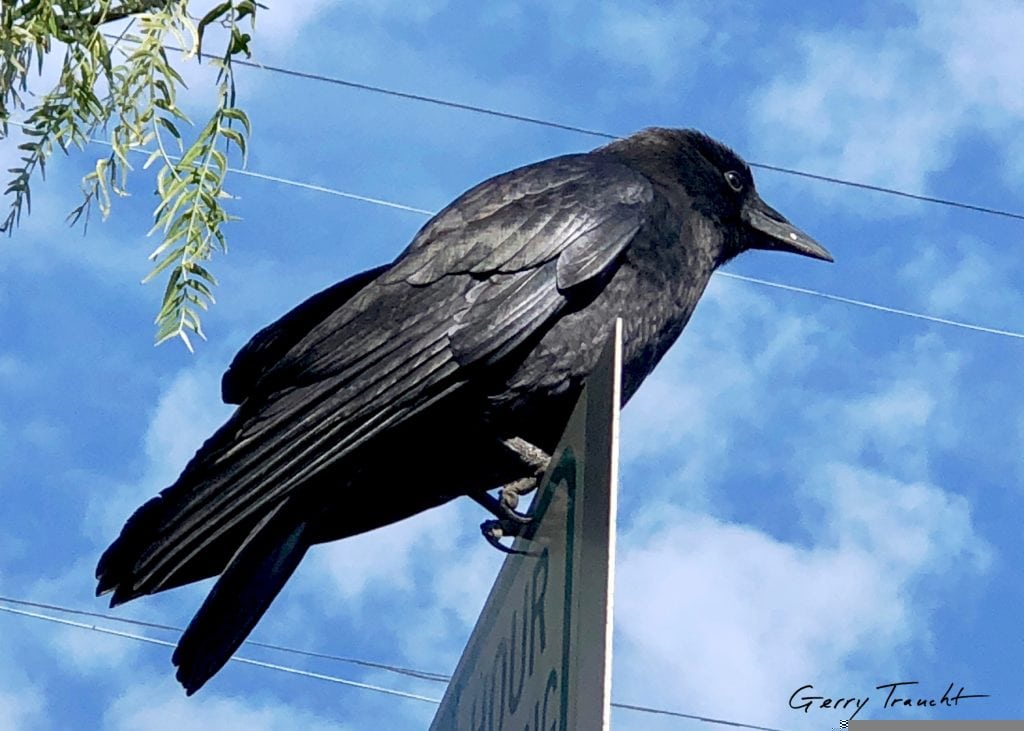
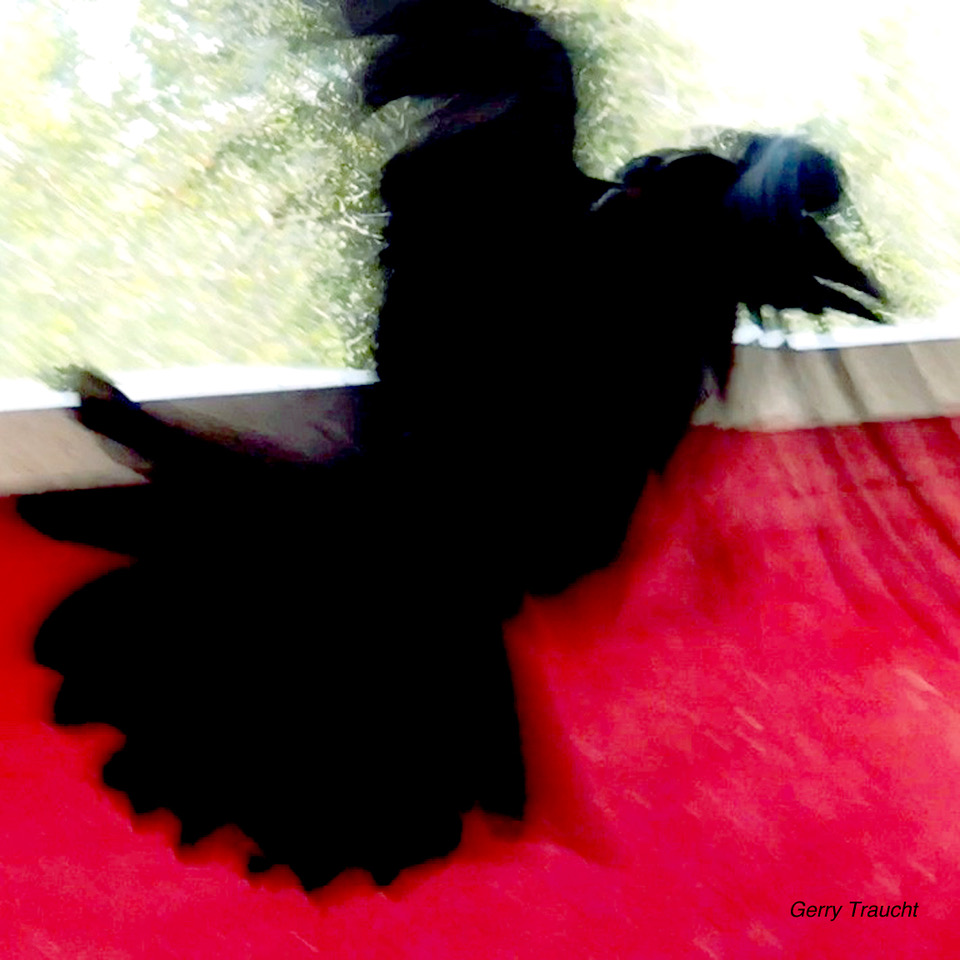
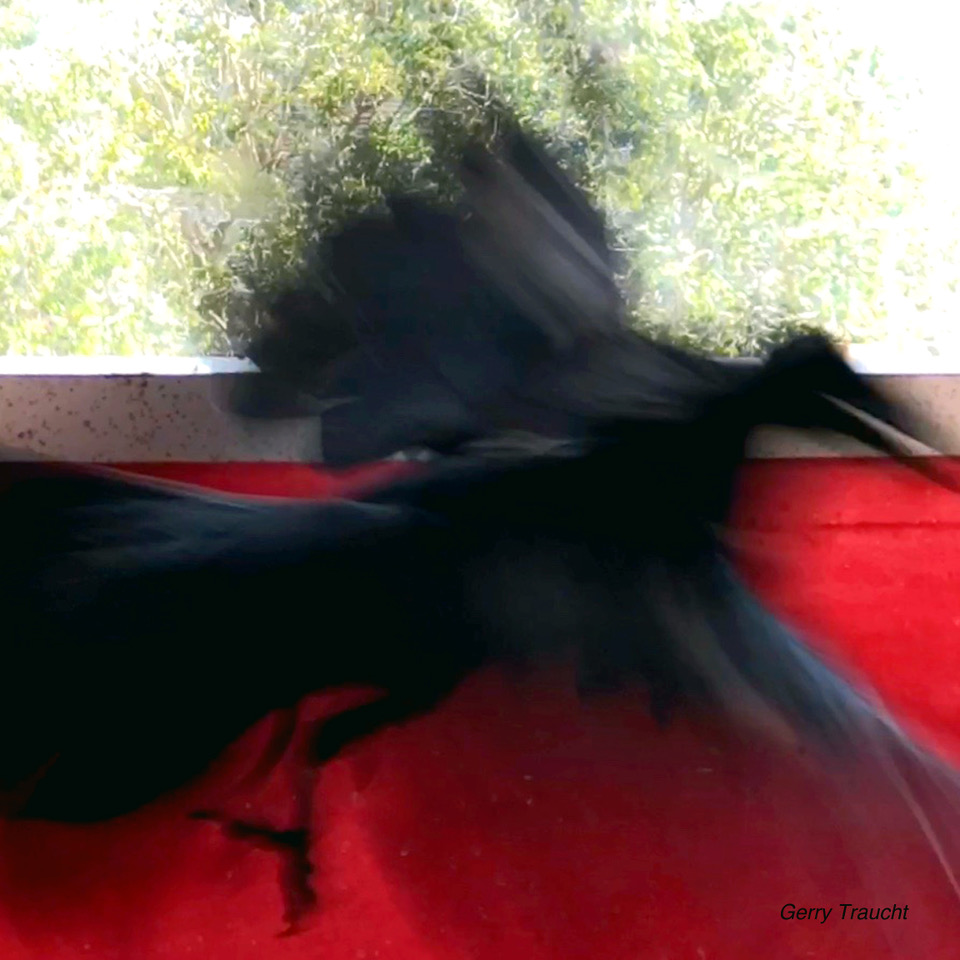
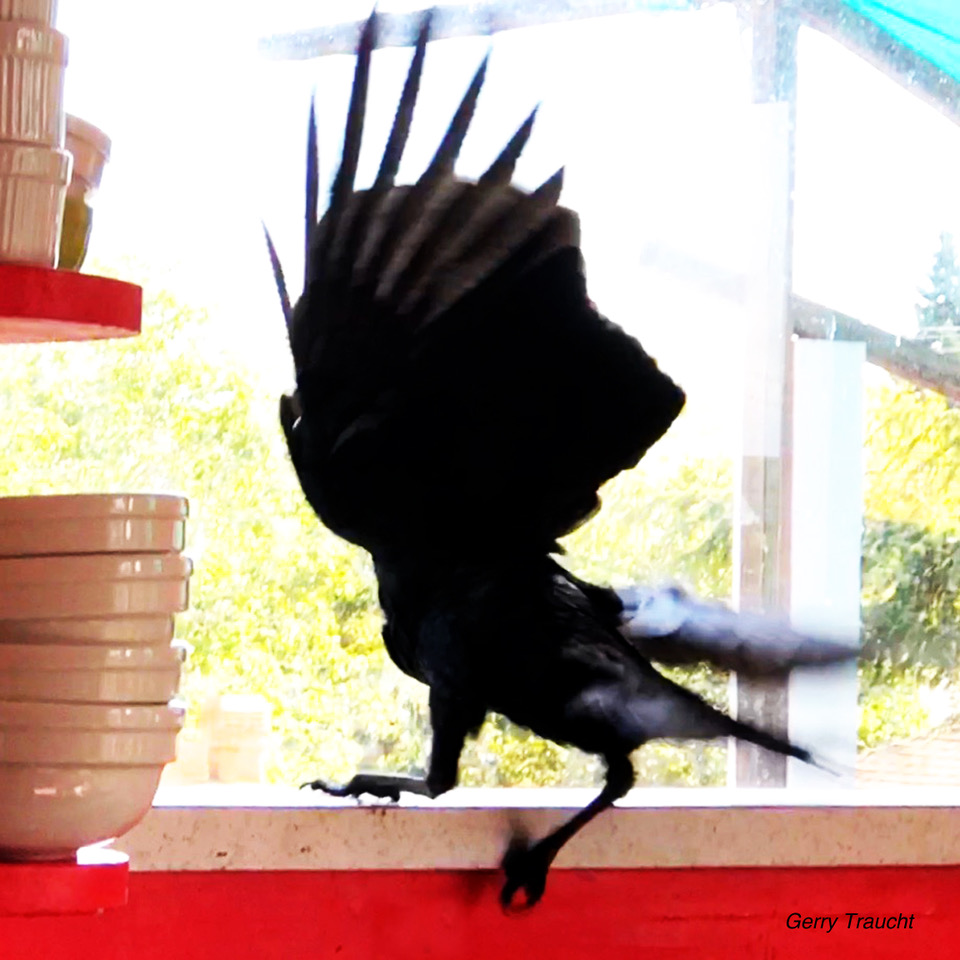
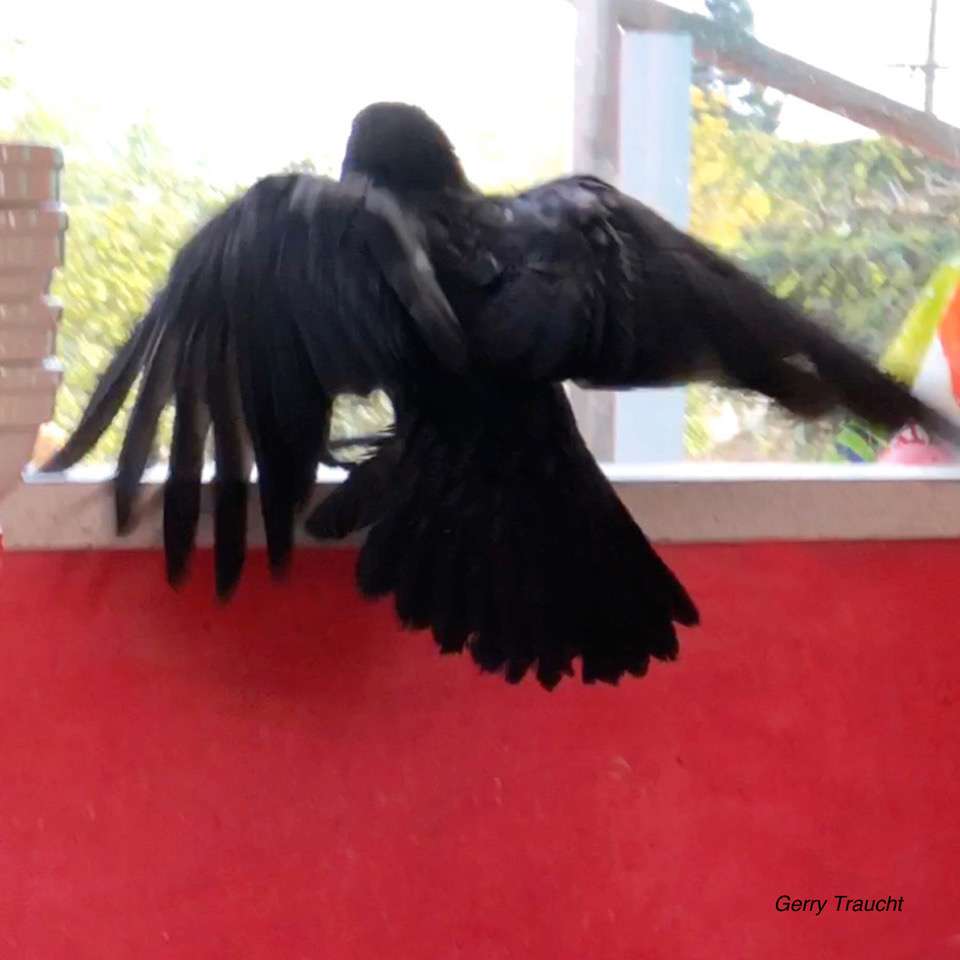
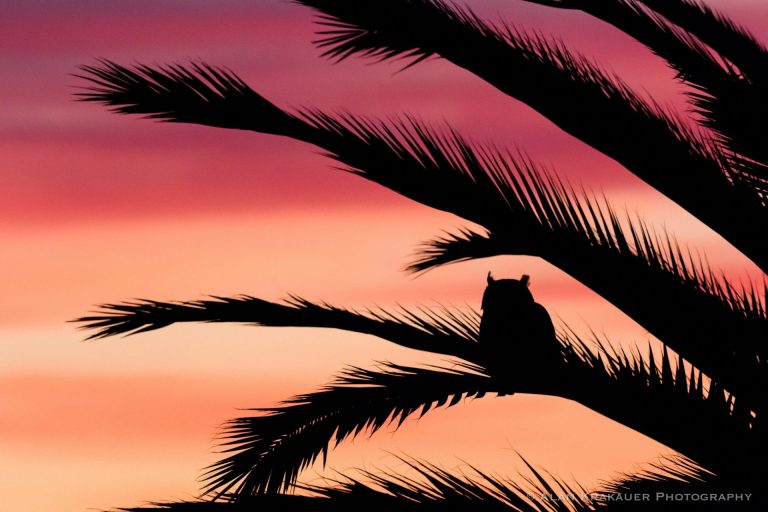
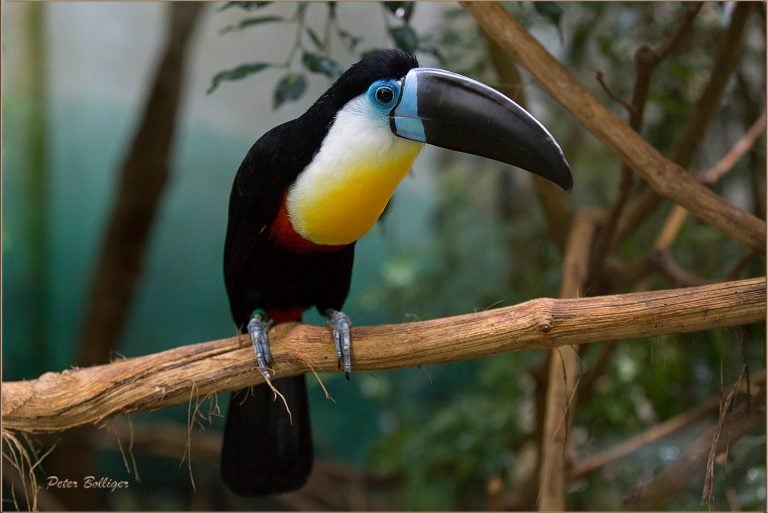
 Samples of delicious, bird friendly chocolate. Photo courtesy of CocoaCase.
Samples of delicious, bird friendly chocolate. Photo courtesy of CocoaCase.
 Migratory birds by A.E.
Migratory birds by A.E.

 Bicknell’s Thrush by Dustin Welch
Bicknell’s Thrush by Dustin Welch
 The Elsie Roemer Bird Sanctuary in Alameda, California by Richard Wong
The Elsie Roemer Bird Sanctuary in Alameda, California by Richard Wong